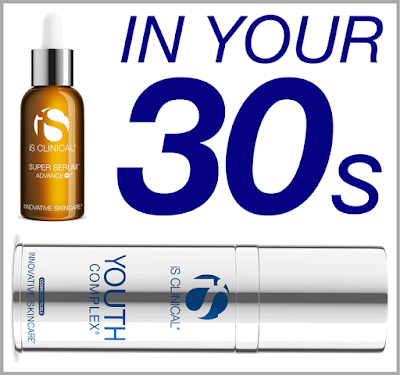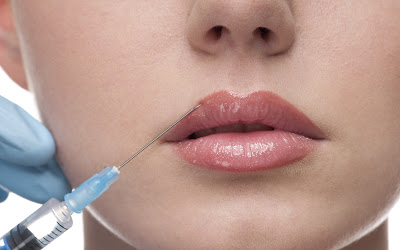Formaldehyde and formaldehyde-releasing preservatives (FRPs) are used in many personal care products,[1] particularly in shampoos and liquid baby soaps. These chemicals, which help prevent microbes from growing in water-based products, can be absorbed through the skin and have been linked to cancer and allergic skin reactions.
Skin Care Chronicle: FORMALDEHYDE AND FORMALDEHYDE-RELEASING PRESERVATI...:FOUND IN: Nail polish, nail glue, eyelash glue, hair gel, hair-smoothing products, baby shampoo, body soap, body wash, color cosmetics.WHAT TO LOOK FOR ON THE LABEL: Formaldehyde, quaternium-15, DMDM hydantoin, imidazolidinyl urea, diazolidinyl urea, polyoxymethylene urea, sodium hydroxymethylglycinate, 2-bromo-2-nitropropane-1,3-diol (bromopol) and glyoxal.WHAT IS FORMALDEHYDE? Formaldehyde is a colorless, strong-smelling gas used in a wide range of industries and products including building materials, walls, cabinets furniture and personal care products.[2]WHAT ARE FORMALDEHYDE-RELEASING PRESERVATIVES AND WHERE ARE THEY FOUND?In personal care products, formaldehyde can be added directly, or more often, it can be released from preservatives[3] [4] such as quaternium-15, DMDM hydantoin, imidazolidinyl urea, diazolidinyl urea, polyoxymethylene urea, sodium hydroxymethylglycinate, bromopol and glyoxal. MORE...HEALTH CONCERNS: Cancer, skin irritation MORE...VULNERABLE POPULATIONS: Infants, hair salon workers, nail salon workers.REGULATIONS: Banned from use in cosmetics and toiletries in Japan and Sweden[37]; in the EU, restricted in personal care products, and labeling is required in products that do contain these chemicals[38]; concentration restrictions in Canada.[39] The EU allows the use of Quaternium-15 up to 0.2% as a preservative in cosmetic products.[40]HOW TO AVOID: Read labels and avoid products containing the following ingredients: Formaldehyde, quaternium-15, dimethyl-dimethyl (DMDM) hydantoin, imidazolidinyl urea, diazolidinyl urea, sodium hydroxymethylglycinate, 2-bromo-2-nitropropane-1,3-diol (bromopol). In addition, choose nail products that are labeled formaldehyde-free or “toxic-trio-free” (formaldehyde, toluene and DBP). Skip hair-smoothing products—especially those sold in salons, as salon-based products are exempt from labeling laws. Don’t use expired cosmetic products or store cosmetic products in the sun because this can cause more formaldehyde to be released.[41]































